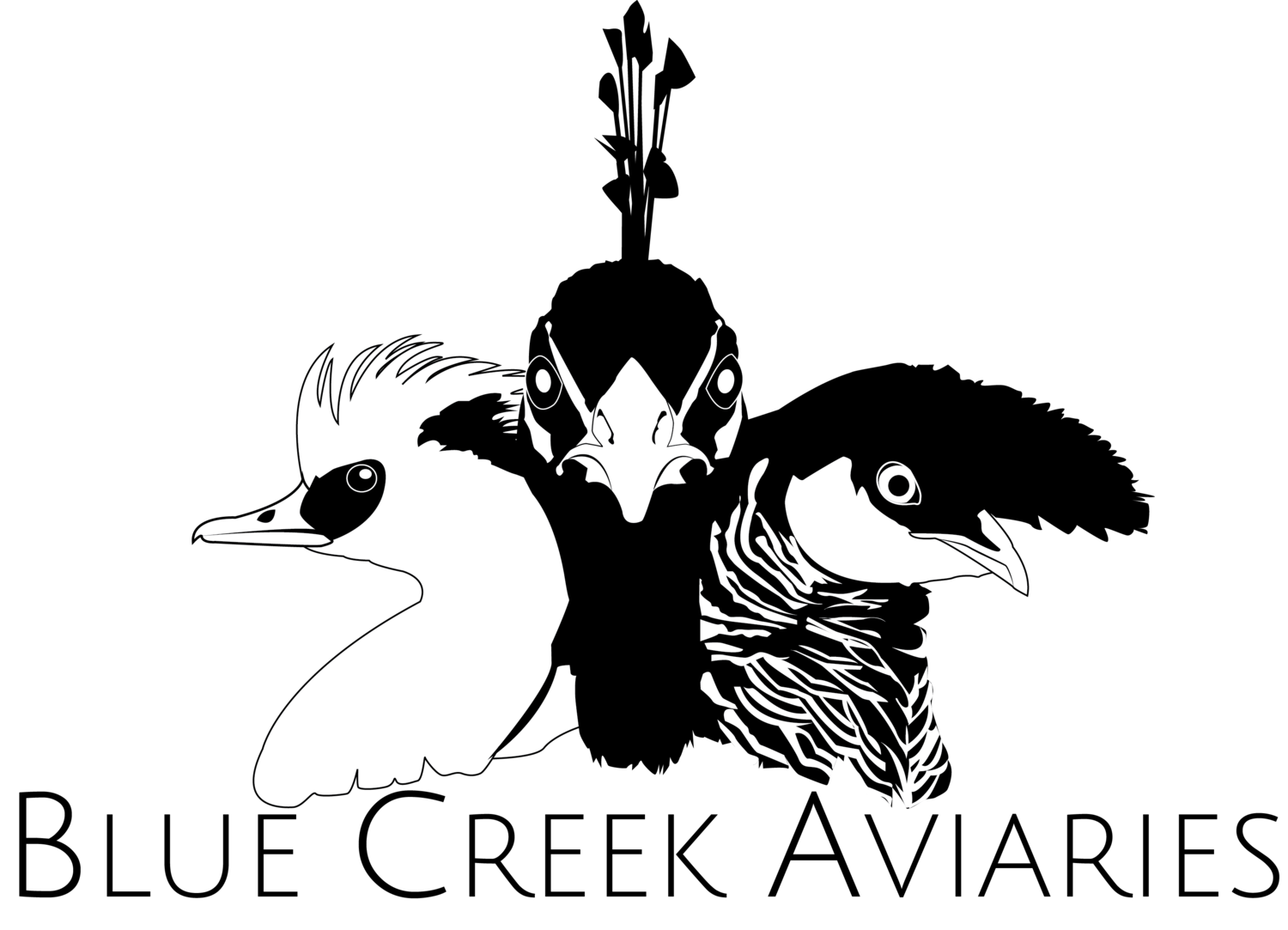Red-breasted Goose
Red-breasted geese are no longer a part of the collection as of 2023. This page will remain for reference purposes.
The red-breasted goose (Branta ruficollis) is a small goose species that breeds in the tundras of Russia. They over-winter in European countries near the Black Sea, like Bulgaria and Romania. Red-breasted geese are facing threats in the wild, especially from hunting, which is why they are classified as Vulnerable by the IUCN as of 2015. These geese are undoubtedly one of the most attractive northern goose species, and it would be shame to let such a stunning bird slip away. Red-breasted geese are available in captivity, although they are not necessarily straightforward to breed.
Red-breasted geese typically mature when they are three years old. However, I found that my geese started establishing pair bonds as early as one year old, and I had a female begin laying eggs when she was two years old. They lay a small clutch of eggs, which the pair will fearlessly defend. If the goslings are not reared by their parents, they should be fed Mazuri Waterfowl Starter and fresh greens (e.g., romaine lettuce). The starter should be limited, as goslings are prone to incessant eating, which leads to excessive growth. Too rapid of growth can cause veterinary issues such as a droopy wing, which can be corrected if caught early on. I personally believe it is of utmost importance to let the goslings graze and exercise outdoors daily in a covered, well-protected are). Food is withheld during the day, and restricted portions of Mazuri diet are fed in the morning and evening only. Fresh greens can be left with the goslings overnight. Once the goslings are growing nicely and have started to grow in contour feathers, I begin to transition them from Mazuri Waterfowl Starter to Mazuri Waterfowl Maintenance diet.
Overall, geese have amazing personalities and are a pleasure to own, but red-breasted geese are more noisy than some other alternative goose species. As with any geese, you must have an aviary or lawn large enough that there will always be a supply of grass for the geese to graze. In the north, it is important to provide the geese with fresh greens, like romaine hearts, during the winter as well.
